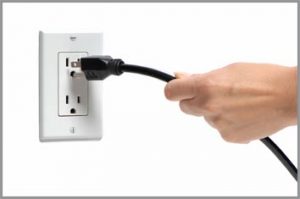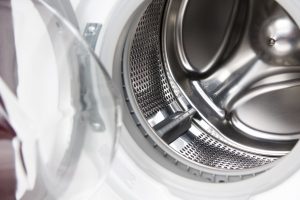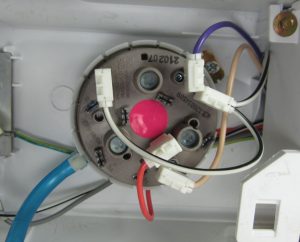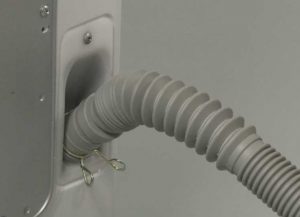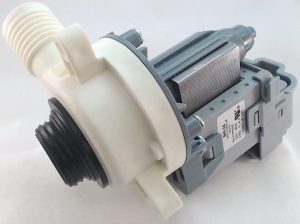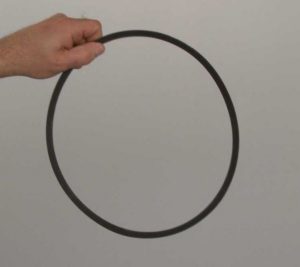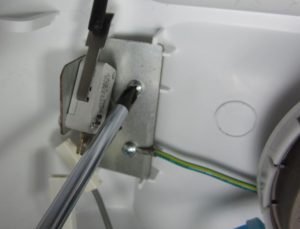Is your washer not draining water? Here is how to fix it.
If your clothes are sopping wet and water is still standing the bottom of the tub at the end of the cycle, your washer is not draining properly. This situation may be inconvenient, as you will have to wring the water from your clothes by hand. You should determine the cause of the lack of draining and address the problem.
Follow these simple tips to resolve this issue:
-
Unplug your washer
Before doing any repair, turn off electrical power to the machine by unplugging it from the wall or by flipping the electrical panel circuit breaker.
-
Perform a master reset
After unplugging the washer, leave it for 1 minute. Plug it back in, and close the machine door six times in 12 seconds. A message will be sent to the computer to reset everything. It may not work on all washing machines, so consult the owner’s manual to see if it works for your washer.
-
Check the water level control
Open the control panel, and look for the water level valve. If the plastic tube attached to it appears clogged, you can use vinegar to clear it up.
-
Check the drain hose
The drain hose may be twisted, pinched or obstructed by a small object. Disconnect the drain hose from the back of the washer. You should have a bucket or other large container ready to catch any water. Use a flashlight to inspect the hose for any clogs or obstructions. If the hose is clogged, run water stream through it. If there is an obstruction, you will need to replace the hose.
If none of these tips works, appliance repair technician may need to be called to fix your appliance or replace some parts. You are welcome to schedule an appointment with us by calling (818) 600-2559.
There are things that might be causing the issue:
-
Malfunctioning drain pump
The drain cycle begins when the control sends voltage to the drain pump, which pumps the water out the drain hose to a wash tub, or drain pipe. On some washers, the main drive motor drives the pump by spinning in the opposite direction than it did during the agitation cycle. A small object or article of clothing can sometimes create an obstruction in the pump, or a damaged impeller could cause the pump to fail mechanically. To clean the drain pump disconnect the power, open the service flap and let the water run off from the tube. Now, you can unscrew the pump cover. Place a towel underneath it in case any remaining water runs out. Carefully check for foreign objects in the pump. If the impeller cannot be turned, something could have become jammed in the pump. In this case, you may need to contact us to schedule an appointment. If the pump is powered by its own motor, it is possible for the pump to fail electrically as well. You can use a multi-meter to determine if the drain pump motor has continuity a continuous electrical path present in the motor. If the motor tests negative for continuity, the pump should be replaced.
-
Worn belt
On some washing machines models, the pump belt connects the motor to the water pump. If the belt becomes stretched or worn, it may not drive the pump efficiently. Check the belt and verify that the tension is correct for your washer model. Also, ensure that the motor and pump pulleys are clean and not worn. Replace the belt if it shows signs of excessive wear.
-
Defective lid switch
Lid switch is a safety feature, which you can find in top load washing machines. It prevents the washer from operating when the lid is open. If the lid switch is defective, the washer won’t drain even with the lid closed. Use a multi-meter to determine if the switch has continuity. If the switch test negative for continuity, you will need to replace it with a new one.
To prevent the washer from problems with draining, check the pockets of your clothes before washing them. Always follow the owner’s manual instructions and recommendations. You can find useful information about the type of detergent and loading rules for our washing machine. It is interesting to know that the first detergent for the washing machines was invented in 1916 , while the first automatic washing machine was manufactured in 1937. Check the drain hose for kinking or signs of wear periodically. Also, pay attention to any strange noises that your washer is making.

